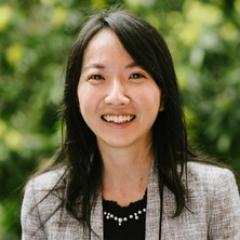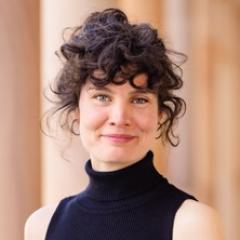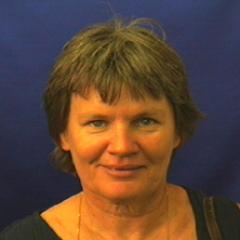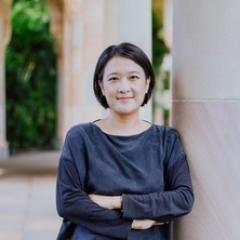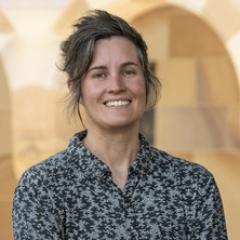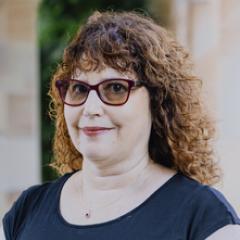Linguistics research in the School looks into the nature of language as a manifestation of human cognition and social interaction. Most of our linguistic research falls within the theme of ‘Change in Language and Society’. The changes we investigate can take place over very long time periods (‘Deep Time’), or within and between generations of speakers over the human life span (‘Shallow Time’), or as language use unfolds in particular discourse and interactional contexts (‘in real time’).
Linguists at UQ are engaged in projects that investigate theoretical questions about the nature of language through investigating one language, comparing across languages, or examining languages in contact with each other.
Much of our research examines language structure and use in Australian contexts from the description of Australian First Nations languages to Australian English, to the heritage languages of migrants to Australia.
The School makes a strong contribution to raising awareness, both within Indigenous communities and among the Australian public in general, of the significance of Australian Indigenous Languages, including new languages, and to the documentation, learning and teaching of these languages. Projects are mostly conducted in collaboration with particular language communities.
To view the details of our Linguistics Seminars please click here.
| Featured projects | Duration |
|---|---|
| Pictures and Pedagogies | 2023 |
|
Language Data Commons of Australia (LDaCA) and Australian Text Analytics Platform (ATAP) ARDC Co-investment Project |
2021–2028 |
| Wangka Walytja | 2020–2024 |
|
Conversational Interaction in Aboriginal and Remote Australia (CIARA) ARC Discovery Project |
2018–2022 |
| Ankkinyi Apparr, Ankkinyi Mangurr |

 Literature Production Centres at Papunya and Strelley (WA) published hundreds of illustrated books during the 1970s, 1980s and 1990s. They tell stories of the first contact, the Dreaming, bush plants, animals and life on pastoral stations, missions, government settlements and communities. At the Papunya Literature Production Centre at Papunya School, authors, illustrators and literacy workers, many the kin of world-famous founders of the Papunya Art movement wrote hundreds of stories, created over 70 community newsletters, and thousands of photographs, tapes and videos. These objects, along with an extensive collection of manuscripts, including original drawings, have been safe-kept at the school.
Literature Production Centres at Papunya and Strelley (WA) published hundreds of illustrated books during the 1970s, 1980s and 1990s. They tell stories of the first contact, the Dreaming, bush plants, animals and life on pastoral stations, missions, government settlements and communities. At the Papunya Literature Production Centre at Papunya School, authors, illustrators and literacy workers, many the kin of world-famous founders of the Papunya Art movement wrote hundreds of stories, created over 70 community newsletters, and thousands of photographs, tapes and videos. These objects, along with an extensive collection of manuscripts, including original drawings, have been safe-kept at the school.